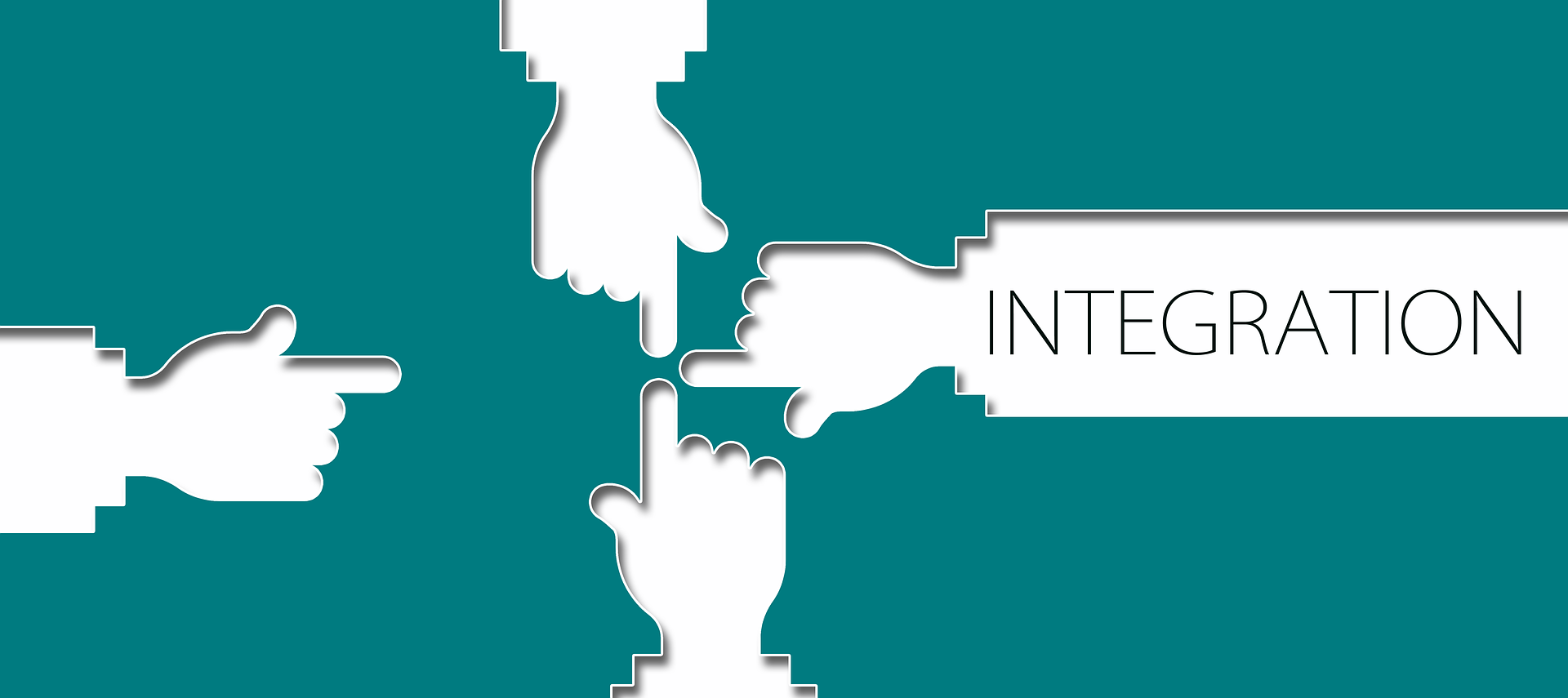Already every fourth person has a migration background. This is shown in the statistical yearbook on integration, which was presented on Monday, and the integration report.
The number of Syrians and Afghans has risen particularly sharply since 2015, as also Romanians, Bulgarians, and Hungarians. Challenges exist in the labor market and health sector, where people with a migration background use preventive care and vaccinations less.
Because there are already more than 30,000 asylum applications and 80,000 registrations of displaced persons from Ukraine, Integration Minister Susanne Raab (ÖVP) spoke of a “huge challenge” at the Monday morning presentation. However, the offers in all sectors have been expanded; for example, there are more language courses than ever. One focus is also on the labor market, where Ukrainian women, mainly, are a kind of beacon of hope given their education – 72 percent have university degrees, according to a study.
However, for these women to be able to work, there needs to be an appropriate range of childcare facilities, as Katharina Pabel, Chairwoman of the Integration Advisory Board, emphasized. This would require proper language support, and qualifications acquired abroad must be recognized more quickly.
Pabel also sees a need to catch up with those immigrant groups that are underrepresented in the labor market. Syrians stand out in particular, with two-thirds of women and one-third of men available to the labor market but not currently employed. Targeted programs are needed here.
Differences also in vaccination rates.
Pabel also highlighted the differences in access to the health sector. For example, migrants are less likely to take advantage of preventive care services than the regular population, both dentists and mammograms. The Covid vaccination rate was 73 percent for Austrians and only 56 percent for foreign nationals. There are, of course, significant differences. Iranians vaccinated 76 percent of their children, while Russians and Romanians had only 37 and 38 percent, respectively.
Romanians are now an essential factor in Austrian society. After Germans, they are the second-largest group of foreign citizens, recently numbering a reasonable 140,000, ahead of Serbs. This is almost 89 percent since 2015, as Tobias Thomas, head of Statistics Austria, explained. Syrians are now in eighth place with just under 71,000 people. Since there were relatively few Syrians in Austria before the war, the increase since 2015 is exceptionally high at 507 percent. Overall, the share of the population with a migration background in Austria is currently 25.4 percent.
- source: k.at/picture: Bild von Gerd Altmann auf Pixabay
This post has already been read 1090 times!



